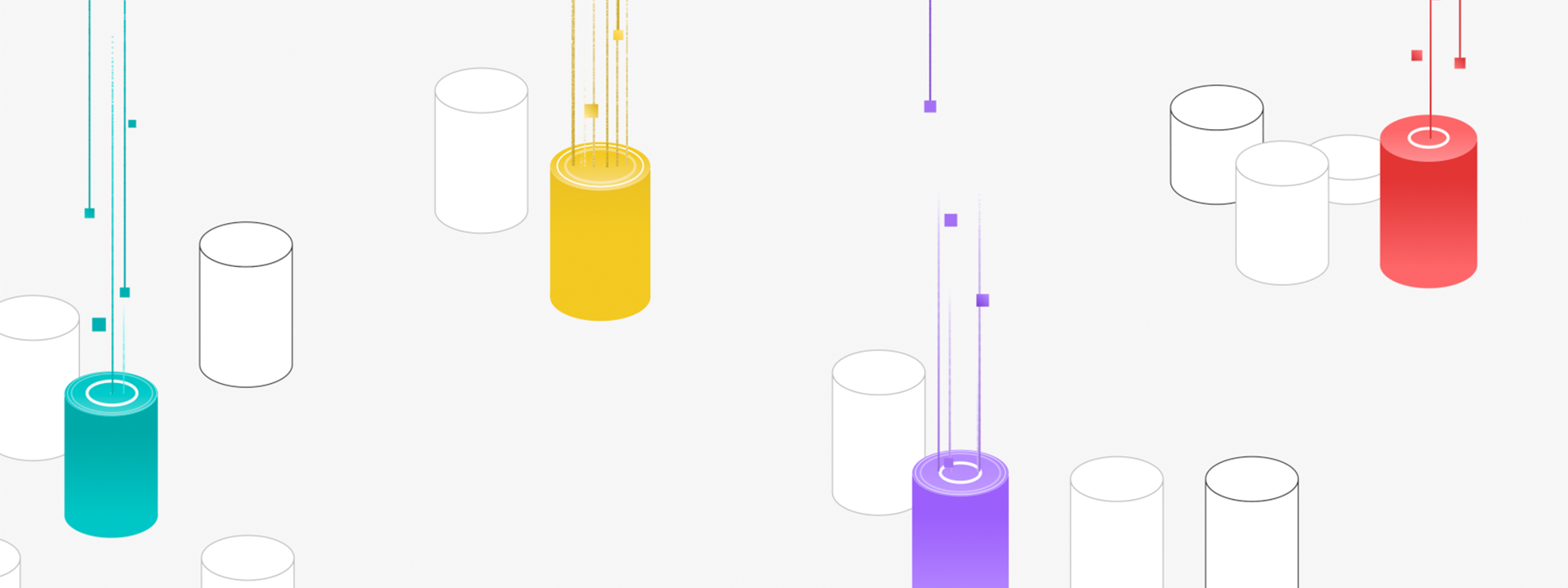Latest News
Why Data Fabric is the Future of Data Management

As companies increasingly store text, videos, photos, audio files, and other information across multiple data warehouses, data lakes, and hybrid clouds, that information is often difficult to find...
As companies increasingly store text, videos, photos, audio files, and other information across multiple data warehouses, data lakes, and hybrid clouds, that information is often difficult to find and analyze. These businesses need a secure and unified view of specific data in order to give employees and customers the right data at the right time, regardless of the data’s format or where it is stored. For these reasons, data management teams are turning to data fabric solutions.
Think of a data fabric as a holistic tapestry connecting information across disparate data storage systems – without the need to copy or move data. Data fabrics use semantic knowledge graphs, metadata management, and machine learning to unify data across various data types and endpoints. Machine learning can also be used to automatically apply governance rules that ensure information is shared across the data fabric in compliance with government regulations. Ultimately, a data fabric removes much of the complexity involved in the movement, transformation, and integration of information, making all data available across an enterprise.